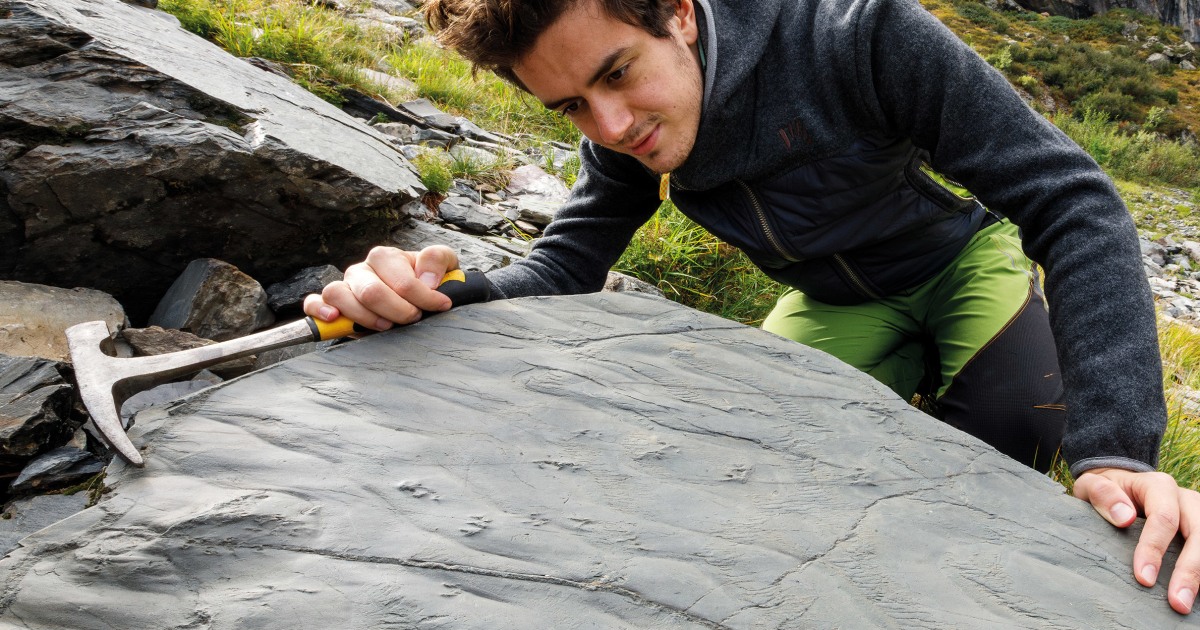Summary
Melting snow in the Italian Alps revealed a prehistoric ecosystem from the Permian period, predating dinosaurs by 280 million years.
The discovery, made by hiker Claudia Steffensen in 2023, includes well-preserved footprints of reptiles and amphibians, alongside traces of flora and invertebrates.
Paleontologists describe the find as unprecedented in quality and variety. The fossils, uncovered due to rising temperatures linked to climate change, highlight parallels between ancient environmental shifts and today’s climate crisis.
Researchers expect more discoveries as melting ice and erosion expose additional fossils.



At the time of the K-T extinction, we looked like this:
https://en.wikipedia.org/wiki/Purgatorius
Luckily, great-grandaddy squirrel-critter was a survivor and had a taste for insects: